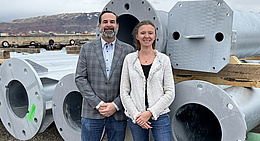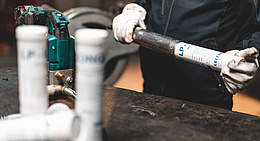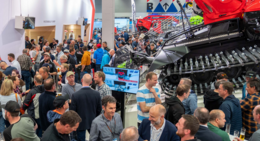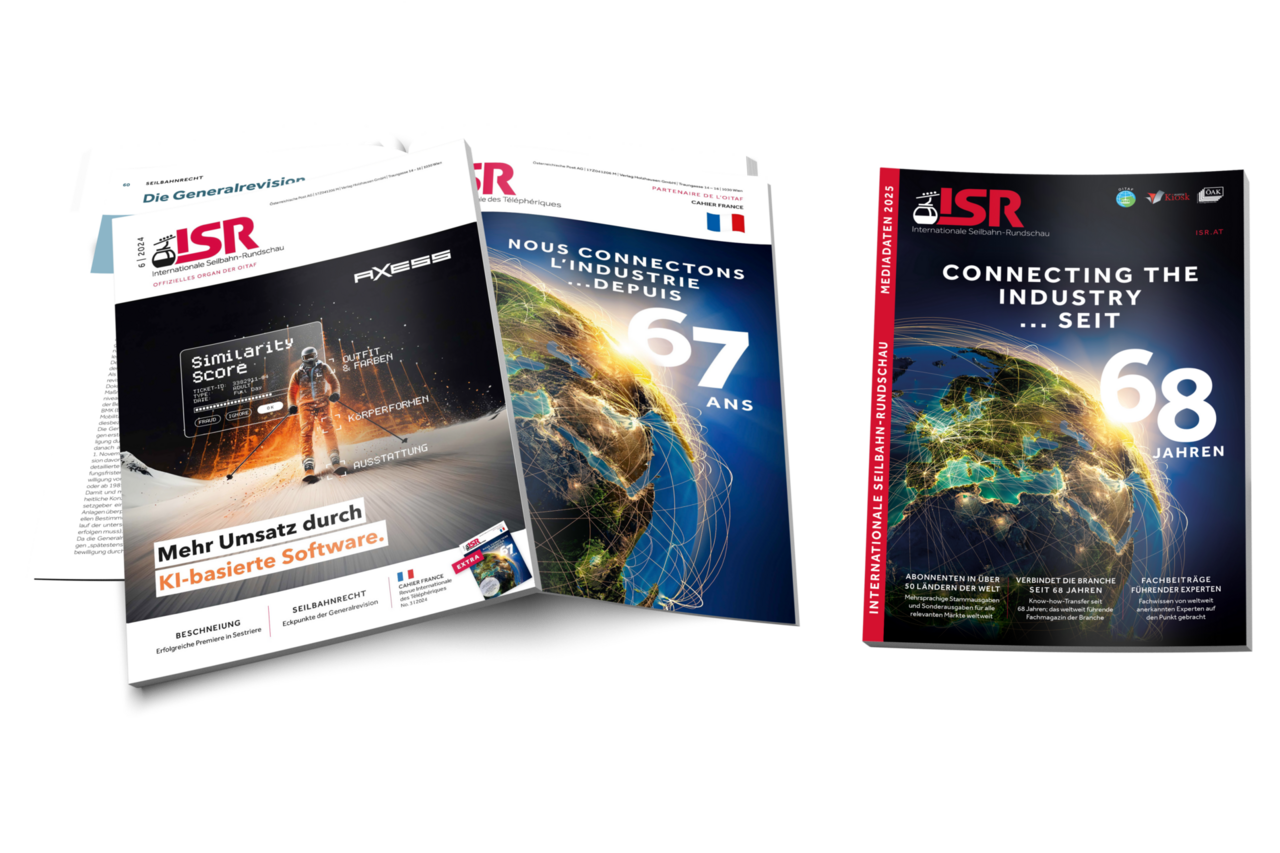Transport capacity
The transport capacity of a ropeway is the maximum number of passengers that can be transported per hour and direction. A key parameter in the choice of the ropeway system, it is determined by the following factors:
- Capacity of the cars
- In the case of reversibles, the number of return trips per hour
- In the case of circulating (continuous-movement) systems, the carrier interval
Reversible aerial trams: The maximum number of return trips per hour is dependent on what is called cycle time. Cycle time is the length of time between two successive carrier departures from a station. It is the sum of transit time between the stations and carrier dwell time in the station. Cycle time is expressed in seconds.
Transport capacity per hour and direction is the product of the number of return trips per hour and the capacity of the carriers.
Here is an example:
Assuming that transit time between the stations of a reversible is six and a half minutes (390 s), dwell time in the station 50 s and the capacity of the carriers is 80 persons (p), the number of return trips per hour is 8.18 (3,600 : (390 + 50) = 8.18) and transport capacity is 654 (8.18 x 80 = 654) persons per hour and direction (PPHPD), usually only specified as PPH.
Transit time depends mainly on the length of the line: Transport capacity decreases with increasing length of the line. In terms of transport capacity, reversible aerial trams are therefore best suited for ropeways with short lines.
Continuous-movement gondola lifts: The time that elapses between the departure of two successive carriers from a station is known as the carrier interval. It is calculated as the quotient of carrier spacing on the rope and line speed and expressed in seconds (s). The carrier interval must be long enough to permit safe loading and unloading as well as reliable operation of the safety systems as the carriers travel through the stations. For circulating ropeway systems (gondola lifts, chair lifts, surface lifts), the ropeway standards directly or indirectly specify minimum values for the carrier interval.
Calculating transport capacity: The number of departures per hour is calculated by dividing 3,600 s by the carrier interval. Transport capacity per hour and direction is the product of the number of departures and carrier capacity.
Here is an example:
Assuming that a six-seater chairlift has a carrier interval of 10.0 s, the number of departures per hour is 360 (3,600 : 10.0 = 360) and transport capacity is 2,160 (360 x 6 = 2,160) persons per hour and direction (PPHPD), usually only specified as PPH.
Here is another example in more abbreviated form:
Assuming that a surface lift with T-bars (2 persons) has a carrier interval of 6.0 s, transport capacity is calculated as 3,600 : 6.0 x 2 = 1,200 PPH.
Unlike a reversible system, the transport capacity of a circulating system is independent of the length of the line. For this reason, continuous-movement ropeways are needed to achieve high transport capacities on installations with long lines.
Vertical transport capacity in the ski area
In addition to ropeway capacity expressed as persons per hour transported (PPH), ropeway transport capacity relative to the vertical meters served for skiing or snowboarding etc. in the ski area is often formulated as vertical transport meters per hour (VTMH), which is the product of ropeway transport capacity and vertical drop. This is a useful parameter for an assessment of total ski area ropeway capacity as it makes a difference whether a ride gives access to a short slope with just a few meters of vertical or a long trail with a significant vertical drop.
Economics
Assessing the economics of a ropeway project is not usually one of the primary tasks of the ropeway engineer. The estimated capital and operating costs considered in the light of the overall financial situation of the ropeway company will often play a role, however, as will the use of methods for selecting alternatives (e.g. different ropeway systems) and variants (e.g. different lines for a given system). The main types of analysis performed in this context include the following:
- Impact analysis
- Cost-benefit analysis
- Cost-effectiveness analysis
- Cost-utility analysis
When comparing different ropeway systems or evaluating project variants, a cost-utility analysis, for example, can have a positive effect on the transparency and accuracy of the decisions reached through the focus on the weighting and evaluation of the criteria applied.
Josef Nejez

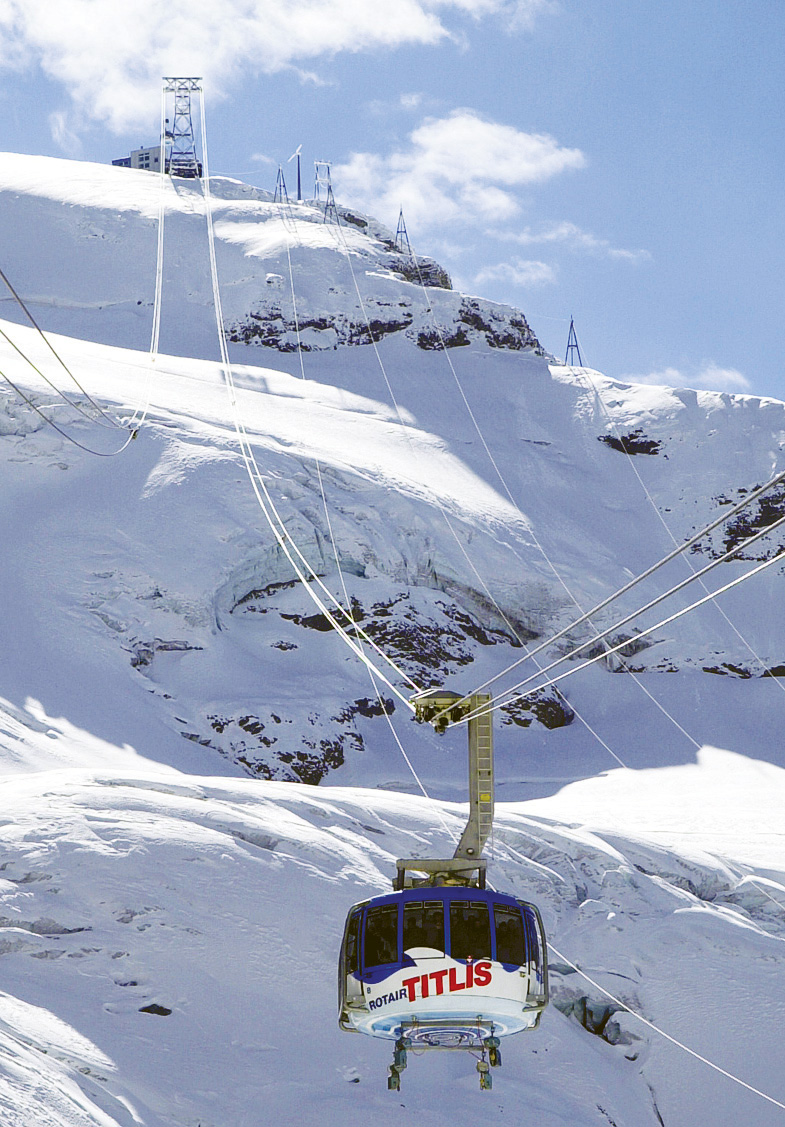

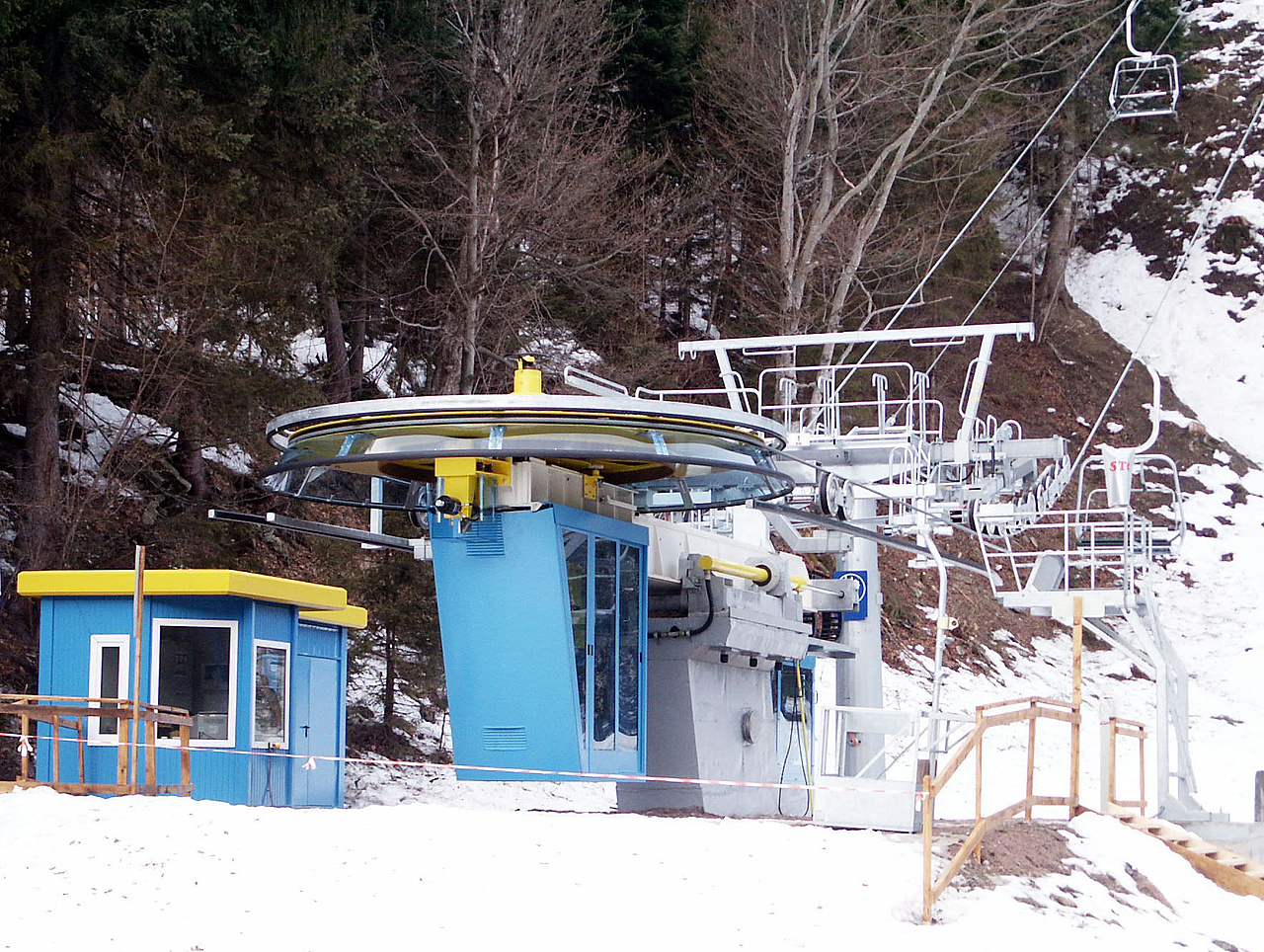

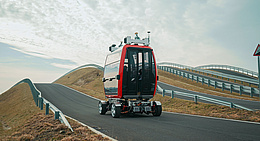
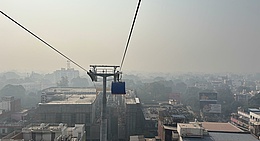
![[Translate to English:] (c) Doppelmayr](/fileadmin/_processed_/b/3/csm_85-ATW_Stechelberg-Muerren_Lauterbrunnen_CHE_001_6442c0520d.jpg)


